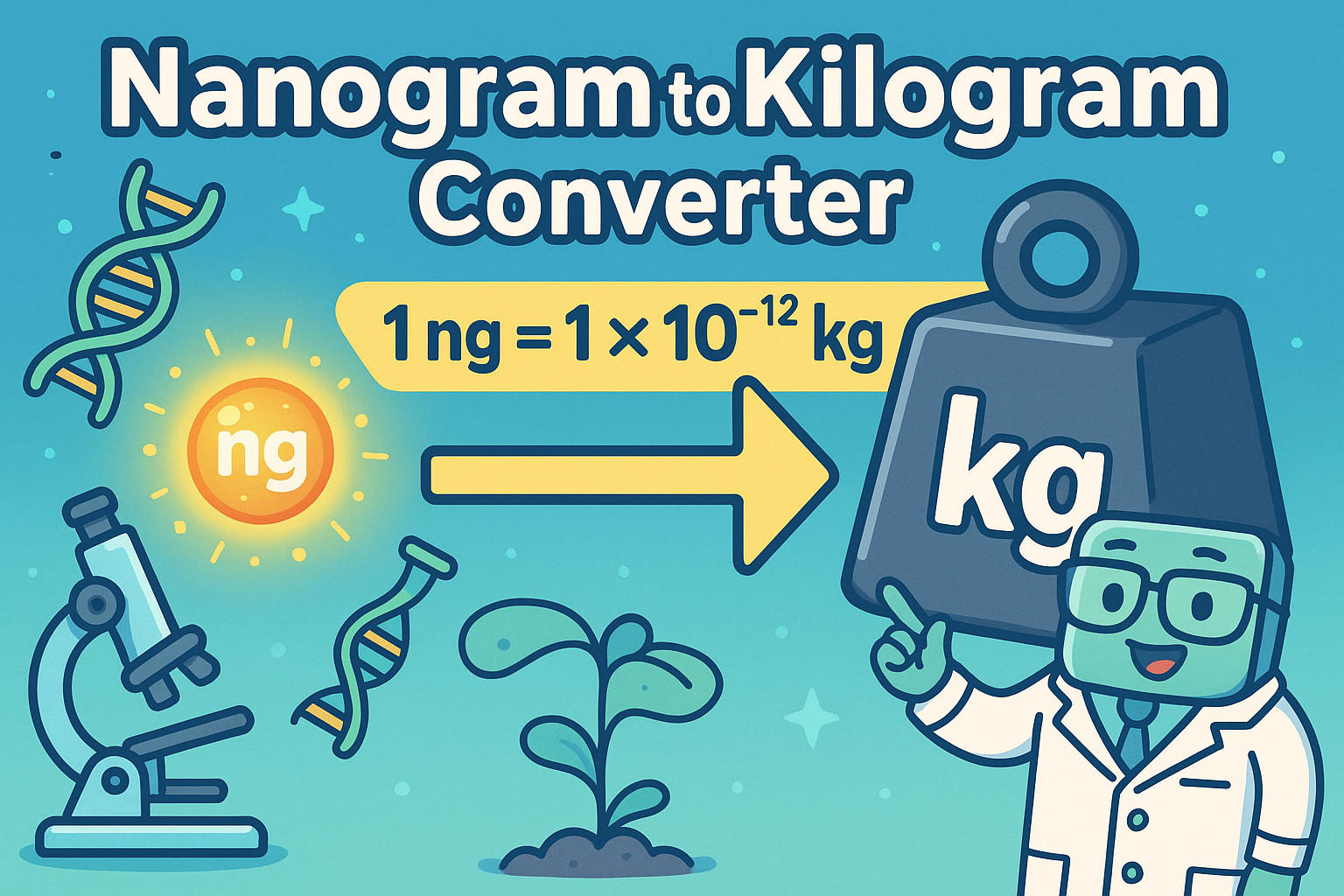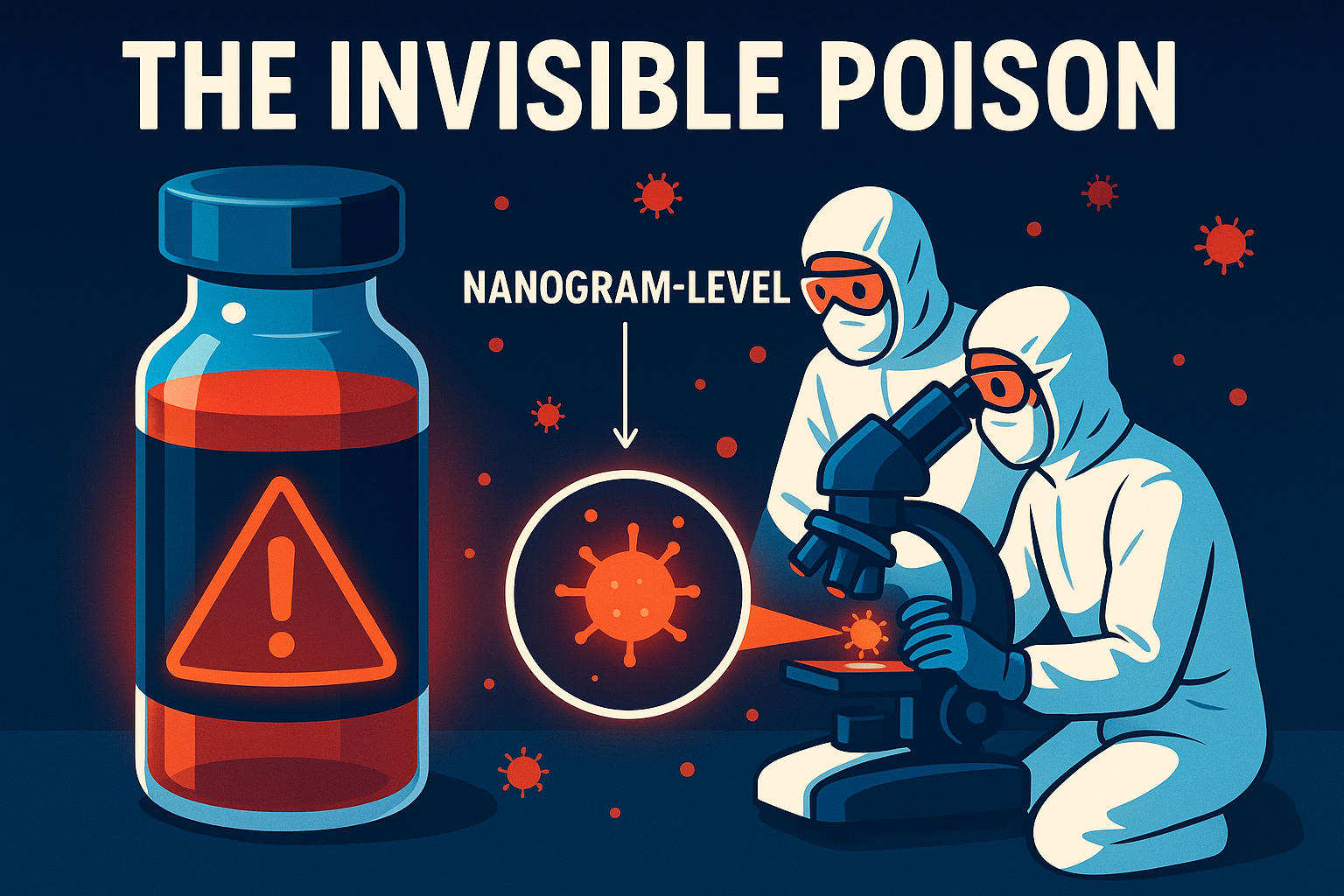nanogram to kilogram - How to convert ng to kg
The need to convert nanograms (ng) to kilograms (kg) often arises in scientific research, pharmaceuticals, and nanotechnology. These fields demand accuracy, and Jetcalculator delivers. In this guide, we’ll break down both units, the conversion method, and some fascinating real-world facts.
What are Nanograms and Kilograms?
A nanogram (ng) is an incredibly small unit of mass, part of the metric system, equal to one-billionth of a gram. Nanograms are often used in: Biochemistry (e.g., DNA samples); Pharmaceutical dosages and Air quality measurements (e.g., pollutant particles)
Because of its tiny scale, converting nanograms to larger units like kilograms requires precise calculation.
A kilogram (kg) is the base unit of mass in the International System of Units (SI). It is widely used around the world in daily life, industry, and science. Kilograms are the default for measuring mass at larger scales, including food, body weight, equipment, and raw materials. For any conversions involving practical weight, visit our comprehensive weight converter.

How to Convert ng to kg
Since 1 nanogram is one-billionth of a gram, and 1 kilogram is 1,000 grams, we combine those conversions to get:
kilograms = nanograms × 1 × 10⁻¹²
Example:
-
500,000,000 ng = 0.0005 kg
-
1 ng = 0.000000000001 kg
No need to calculate manually—Jetcalculator does it instantly with our conversion tools.
Did You Know?
-
A single human cell weighs roughly 1 nanogram. That means a drop of blood can contain millions of cells, each measured at the nano level.
-
In 2019, the kilogram was redefined based on physical constants (Planck constant), replacing the old Le Grand K artifact in France. This shift made the kg more stable and accurate for future science.
-
Air pollution standards often measure toxic particles in nanograms per cubic meter. Agencies like the EPA use ng/m³ for monitoring hazardous airborne materials like lead and dioxins.
-
In the movie "The Martian", astronaut Mark Watney precisely calculates every kilogram of supplies to survive on Mars. NASA uses kilograms for all mission-critical loadouts.
The Invisible Poison
In 2004, the U.S. Food and Drug Administration issued a warning about a contaminated batch of a blood-thinner drug that contained nanogram-level traces of oversulfated chondroitin sulfate, a compound linked to adverse reactions. Though the quantity was microscopic, it caused dozens of severe allergic responses.
This incident emphasized the life-and-death importance of nanogram accuracy in pharmaceuticals. Tiny particles can carry massive consequences — proving why unit conversions at this level demand total precision.

Conclusion
The conversion from nanogram to kilogram (ng to kg) might look intimidating, but Jetcalculator makes it effortless. Whether you're analyzing air samples, handling microdoses, or performing lab work, converting ng to kg is as simple as entering a number.

